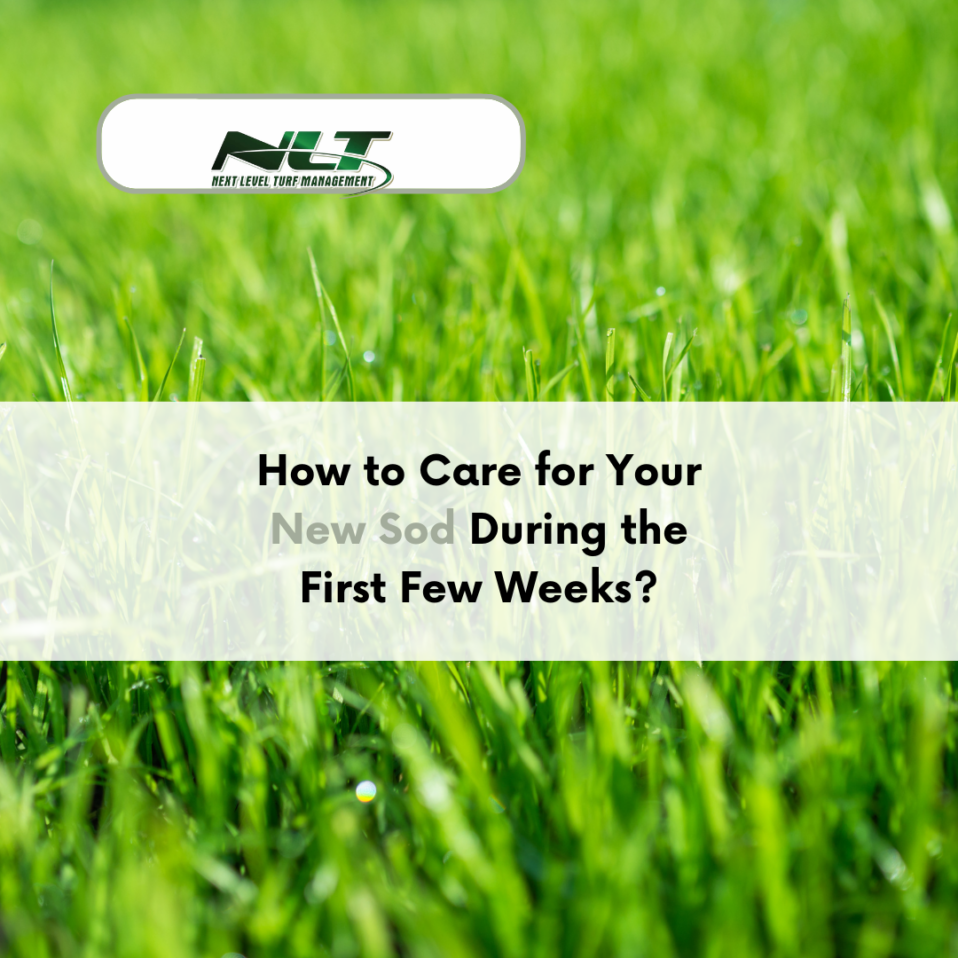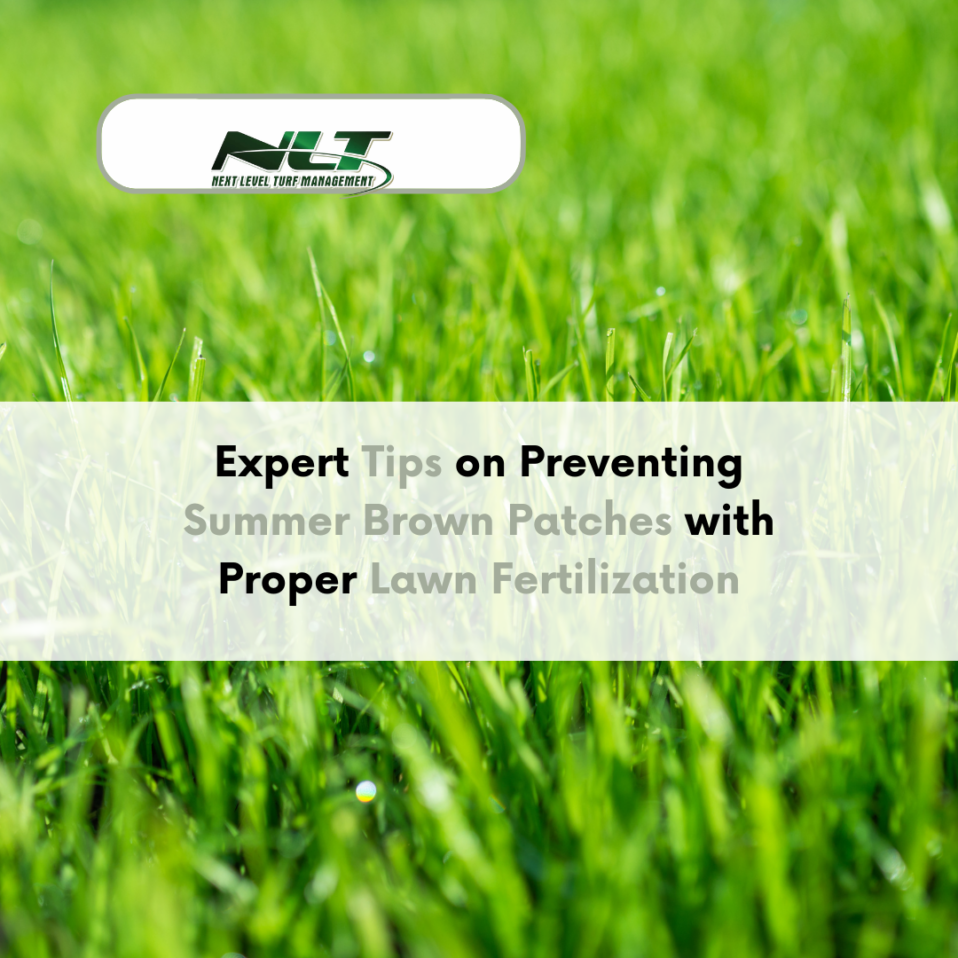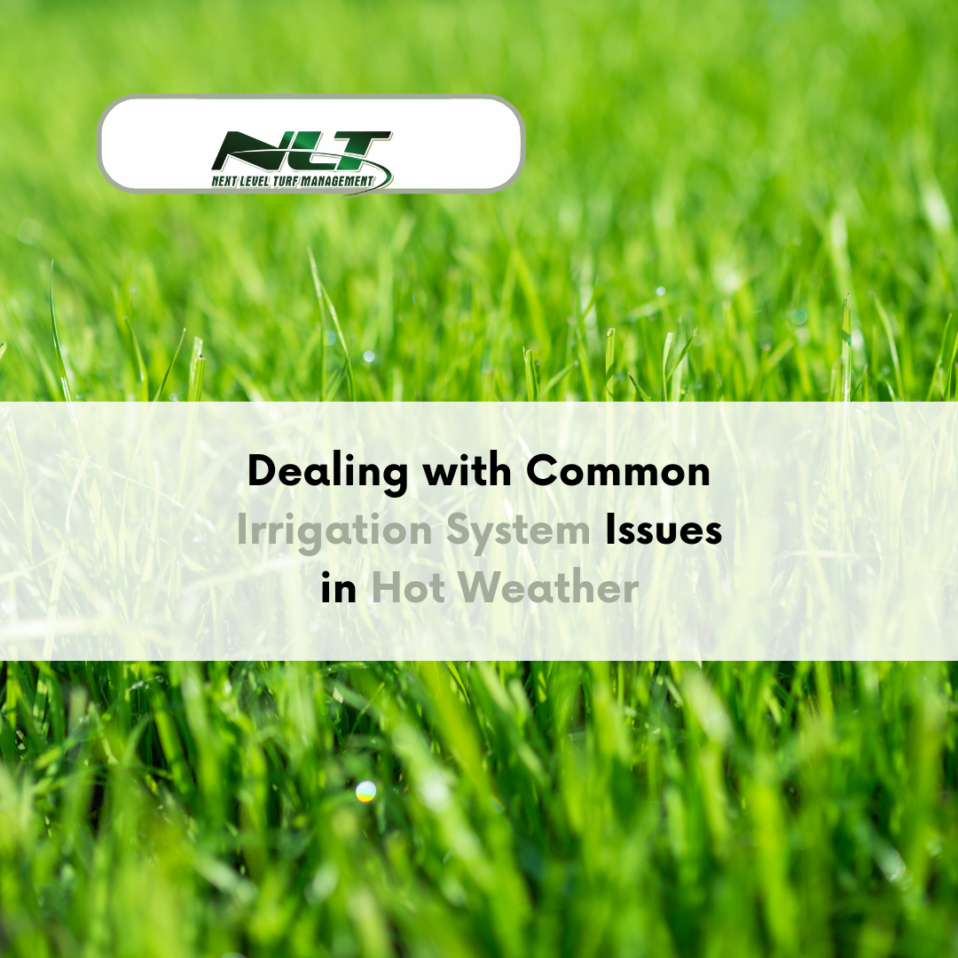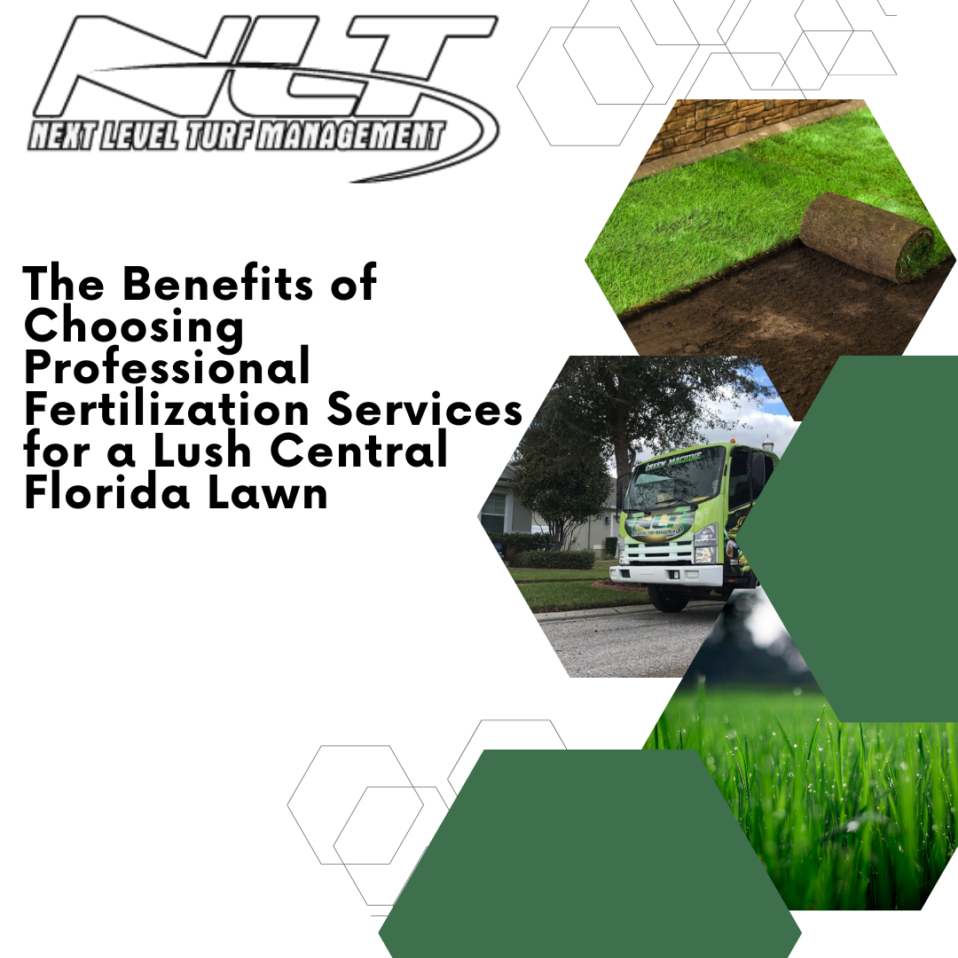Installing new sod is an exciting step towards achieving a lush, vibrant lawn that enhances the beauty of your home. However, the success of sod installation depends significantly on the care it receives during the first few weeks post-installation. In the unique climate of Central Florida, where the weather can be particularly harsh on new turf, understanding the right care techniques is crucial. Proper maintenance during this initial period can ensure your new sod develops deep roots and transitions smoothly into a healthy, resilient lawn.
At Next Level Turf, we specialize in transforming landscapes with high-quality sod suited to the Florida climate and providing the expert care needed to establish these new lawns. The first few weeks are critical as the sod begins to integrate with the soil in its new environment. Watering, mowing, and monitoring for pests and diseases during this time are key to preventing issues that could compromise the lawn’s health and longevity.
In this article, we’ll guide you through the comprehensive steps on how to care for your new sod during these vital initial weeks. From the installation day to the critical moments of root establishment, we’ll cover everything you need to know to nurture your new lawn toward optimal growth and sustainability. Whether you are a new homeowner or looking to refurbish your landscape, these insights will equip you with the knowledge to maintain a vibrant and thriving sodded lawn.
Initial Watering: The Foundation of Sod Care
After your new sod is laid down, watering becomes the most critical task. During the first week, the goal is to keep the sod and the soil beneath it thoroughly moistened but not overly soaked. You should start watering your new sod within 30 minutes of installation to prevent it from drying out and shrinking. For the first seven days, water the sod at least twice a day—early in the morning and late in the afternoon. This ensures the sod doesn’t sit too wet overnight, which can encourage disease.
Applying about ½ inch of water each session is usually sufficient to penetrate the sod and slightly moisten the top inch of the underlying soil. Use a screwdriver or similar tool to check the moisture level. If it slides in easily up to 6-7 inches deep, you’re watering enough; if not, you need to increase your watering time slightly.
Mowing Your New Sod
The first mowing typically occurs within 10 to 14 days post-installation, depending on grass type and growth rate, which accelerates with good watering practices. The key to the first mow is to ensure the sod has rooted sufficiently so it won’t pull up when mowed. A simple test is to tug on the sod gently; if it feels anchored, it’s usually safe to mow.
Set your mower to the highest setting to avoid cutting the grass too short. Cutting new sod too short can stress the grass, making it more susceptible to disease and less able to combat weeds. Mow only the top third of the grass blades, a practice that encourages deeper root growth and denser turf, which naturally chokes out potential weeds.
Managing Foot Traffic on Fresh Sod
New sod is delicate, and heavy or frequent foot traffic can inhibit root establishment or even kill tender grass shoots. It is advisable to keep pets, children, and general foot traffic off your new sod for at least the first three weeks. Physical disturbances can displace the sod, create gaps, and prevent roots from anchoring properly into the soil.
If you must walk on the sod, for instance, to water or mow, try to use stepping stones or walk on boards to distribute your weight evenly over the area. Additionally, avoid heavy activities such as playing games or running on the new lawn until the sod is more established.
Fertilizing: Timing It Right
Although fertilization is crucial for the long-term health of your lawn, freshly laid sod has different nutrient needs. Most new sod comes with nutrients already incorporated during its early growth stages at the sod farm. Thus, applying additional fertilizer upon installation is usually not necessary and can even harm the delicate, developing roots.
It’s best to wait 4-6 weeks before applying fertilizer. When you do begin fertilizing, choose a product formulated specifically for your type of grass and follow the label instructions carefully. Fertilizing at the right time and with the right products encourages healthy growth without overwhelming your new lawn with too many nutrients, which can lead to various lawn care issues.
Monitoring Weather Conditions
An integral part of caring for your new sod involves adjusting your water-related activities based on the weather conditions. In Central Florida, the weather can be unpredictable with occasional heavy rains and dry spells. After the initial intensive watering phase, you should start to tailor your watering schedule according to the weather. If rain is plentiful, you can reduce the frequency of watering sessions. Conversely, during unusually hot or windy days, the sod might require additional watering to combat the quick evaporation of moisture.
Use a rain gauge to keep track of how much rain has fallen on your lawn. If you’ve received less than an inch of rain in a week, you’ll likely need to supplement with manual watering to maintain the necessary moisture levels for healthy sod.
Spotting Sod Health Issues Early
As your sod begins to take root and establish itself, it’s vital to keep an eye out for signs of pests or diseases. Yellow patches, wilting grass despite adequate watering, and bare spots can all indicate problems. Early detection is crucial for addressing these issues before they escalate.
Particular insects, such as grubs or chinch bugs, may target new sod. These pests can rapidly damage your lawn by feeding on grass roots or sucking out grass fluids. If you notice signs of insect activity, consult with a turf professional promptly. Next Level Turf offers targeted pest control strategies that can help protect your investment from these common nuisances.
The Importance of Soil Health
The health of your sod starts with the health of the soil beneath it. Before laying new sod, it’s beneficial to test the soil pH and its nutrient profile. Your new sod will thrive in soil that has balanced nutrients and adequate drainage. Compacted soil can inhibit root growth, leading to ineffective water usage and increased vulnerability to pest invasions.
If soil tests reveal deficiencies or imbalances, treatments such as lime (for acidic soil) or sulfur (for alkaline soil) can adjust the pH to an ideal range. Organic matter can also improve soil structure, enhance nutrient retention, and promote healthier root systems.
Establishing a Long-Term Lawn Care Routine
Once your sod has firmly established, usually about 6-8 weeks after installation, it’s time to transition to a more regular lawn care routine. This long-term care includes setting up a sustainable mowing, watering, and fertilization schedule based on the specific needs of the grass.
Mowing: Continue to mow the grass at its highest recommended height to promote deep root growth and drought tolerance. Mow regularly, but never remove more than one-third of the grass blade in a single mowing to prevent stress and shock.
Watering: Shift from frequent shallow watering to less frequent but deeper watering sessions. This change encourages roots to grow deeper into the soil, which helps the lawn withstand drought and reduces the need for supplementary watering.
Fertilization: Implementing a balanced fertilization schedule specific to your type of grass and soil conditions is crucial. Over-fertilizing can cause rapid blade growth at the expense of root development, leading to a weaker lawn.
Building a routine around these practices will help maintain the health and appearance of your lawn over the long term, ensuring that your initial investment in sod continues to pay dividends in curb appeal and property value.
Adjusting to Seasonal Changes
Adjusting your lawn care routine with the changing seasons is crucial for maintaining the health of your new sod. In Central Florida, the climate can vary significantly, affecting how you should care for your grass throughout the year.
Spring and Summer: These are typically warm and wet, promoting rapid growth. This is the time to ensure your lawn receives consistent moisture but avoids overwatering, which can lead to fungal diseases. Fertilize early in the spring to help your lawn recover from winter and support vigorous growth during these warmer months.
Fall and Winter: As the temperature cools, your grass will grow more slowly. Reduce the frequency of mowing and adjust your watering schedule according to rainfall and temperature. Overwintering practices may involve light fertilization and aeration to prepare the sod for colder months, helping it to stay strong and resilient.
By adapting your care techniques to suit the seasons, you ensure your sod remains healthy and vibrant all year round.
Utilizing Proper Tools and Equipment
Using the right tools for sod care not only makes the job easier but also prevents damage to the new grass. Sharp mower blades make clean cuts, which help prevent disease from taking hold in the grass. Dull blades tear the grass, creating jagged edges that stress the plant and make it more susceptible to pests and diseases.
Similarly, when aerating your lawn, ensure the equipment properly penetrates the soil without damaging the roots. Core aerators are generally recommended over spike aerators as they remove plugs of soil, enhancing oxygen and nutrient flow without compacting the surrounding earth.
Recognizing Nutrient Deficiencies
Nutrient deficiencies can prevent your new sod from thriving, leading to thin, discolored, or patchy grass. Yellowing grass, for example, may indicate a lack of nitrogen, the most critical nutrient for healthy green growth. A soil test can tell you what nutrients are missing and guide you in choosing the right type of fertilizer.
It’s vital to address any deficiencies early, particularly during the initial weeks of sod establishment. Tailoring your fertilization strategy based on precise soil needs will support robust growth and help establish a lush, thick lawn.
Establishing a Healthy Eco-System
Beyond just the grass, the overall ecosystem of your yard plays a significant role in the health of your sod. Encouraging beneficial insects and microorganisms improves soil health and helps naturally control pest populations. Practices like leaving grass clippings on the lawn can return nutrients to the soil and support microbial life.
Additionally, consider planting companion plants that attract pollinators and beneficial insects. These practices foster a balanced ecosystem, which not only benefits the sod but also enhances the biodiversity and beauty of your landscape.
Implementing these advanced care techniques and adapting your routine according to the specific needs of your flora will promote a vibrant and resilient lawn. Your dedication to understanding and practicing detailed lawn care will result in a lush, healthy yard that remains a source of pride and joy. With consistent management and proper planning, your sod will grow stronger each year, firmly rooting itself as a foundational piece of your home’s outdoor aesthetic. This holistic approach to lawn care celebrates not just the beauty of the grass but the entire ecosystem supporting it.
Cultivate a Thriving Lawn with Expert Tips from Next Level Turf
Successfully establishing your new sod requires attention, patience, and proper care, but the rewards of a beautiful, resilient lawn are worth the effort. By implementing the practical guidance on watering, mowing, and traffic management outlined above, you’ll create an ideal environment for your sod to thrive—even in the challenging Florida climate. Remember, the key to a healthy lawn lies in consistent and appropriate care tailored to your grass type’s seasonal changes and specific needs.
At Next Level Turf, we’re committed to helping you every step of the way. Our expertise in sod replacement and installation is unmatched in Central Florida, ensuring your lawn starts strong and stays healthy. Whether you need advice on selecting the right type of sod, understanding your soil’s specific needs, or developing a long-term maintenance plan, our experts are here to assist.
Don’t hesitate to contact us at Next Level Turf to ensure your lawn reaches its full potential. Schedule a consultation today, and let us guide you in transforming your outdoor space into a lush, green oasis that enhances your home and lifestyle. Your perfect lawn awaits, and with Next Level Turf, you’re setting the stage for year-round beauty and enjoyment. Join us in taking your lawn to the next level with our sod replacement and installation services.








Post a comment